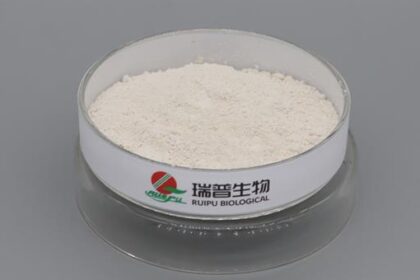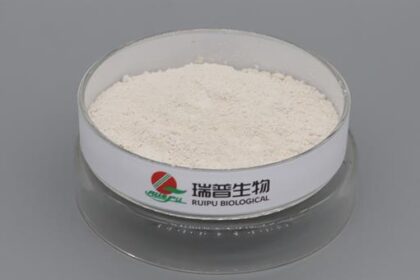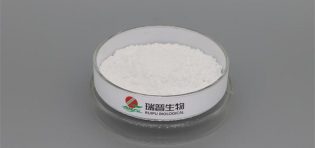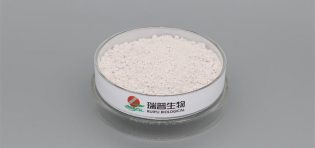
The formulation of vitamin premixes in dietary supplements is a complex and precise process, involving various factors such as the target population's nutritional needs, the stability of the vitamins, production costs, and regulatory requirements. Below is an overview of the key points in formulating vitamin premixes for supplements:
1. Determining the Nutritional Needs of the Target Population
It is essential to first identify the target population of the supplement, such as children, adults, the elderly, or individuals with specific health conditions (e.g., pregnant women, athletes). Different groups have varying requirements for both the quantity and type of vitamins. Based on the target population’s nutritional needs, guidelines or standards (such as NRC or the Chinese Dietary Reference Intakes) can be used to determine the types and recommended intake levels of vitamins to be included.
2. Selecting High-Stability Vitamin Products
Since vitamins can degrade during processing, storage, and transportation, it is crucial to select vitamin ingredients with high stability. This includes choosing vitamins that have been specially coated or microencapsulated, and using antioxidants or other protective measures to extend the shelf life of the vitamins.
3. Calculating the Amount of Vitamins to Add
Once the target population’s nutritional needs have been identified and suitable vitamin products have been selected, the actual amount of vitamins to be added must be calculated based on the effective content and purity of the vitamin products. This typically involves converting the recommended intake level into the amount of each vitamin to be included in each unit of the supplement (such as per tablet, capsule, or gram).
4. Considering Vitamin Interactions
When formulating vitamin premixes, the interactions between different vitamins must also be considered. Some vitamins may have synergistic or antagonistic effects when used together, so adjustments to the formulation should be based on scientific research and experimental data to ensure that all vitamins function optimally in the supplement.
5. Compliance with Regulatory Requirements
Each country has regulations that limit the types and amounts of vitamins that can be added to dietary supplements. Therefore, it is critical to strictly adhere to these regulations when formulating vitamin premixes to ensure the product’s safety and compliance.
6. Example Formulation (Hypothetical Scenario)
Suppose we are formulating a vitamin premix for a supplement designed for adults, with the goal of providing the following recommended daily intake of vitamins per tablet:
| Vitamin Type | Recommended Intake (mg/tablet) |
| VitaminA | 500IU |
| VitaminD3 | 10IU |
| VitaminE | 10IU |
| VitaminC | 60mg |
| VitaminB1 | 0.8mg |
| VitaminB2 | 1mg |
| ... | ... |
(Note: The recommended intake levels provided here are for illustrative purposes. Actual values should be determined based on the target population’s nutritional needs and regulatory requirements.)
Based on these intake levels, appropriate vitamin ingredients can be selected, and the amount of each vitamin to be added can be calculated. For example, if the selected vitamin A ingredient has an effective concentration of 10,000 IU/g, then the amount of vitamin A ingredient to be added to each tablet would be 0.05 g (i.e., 500 IU/10,000 IU/g).
Formulating vitamin premixes for dietary supplements is a process that involves multiple considerations. To ensure the product’s safety and effectiveness, it is crucial to follow scientific research and regulatory requirements while determining the types and amounts of vitamins based on the target population’s nutritional needs. Additionally, attention must be paid to interactions and stability to ensure the product maintains its nutritional value and efficacy throughout its shelf life.








